12 Rare Fruits Most People Have Never Tried
Many fruits are familiar to us, but there is a whole world of rare varieties waiting to be explored. Some fruits are so unique that they are not commonly found in most grocery stores. These rare fruits offer new experiences for your taste buds with their distinct flavors and textures. The next time you are looking for something different, consider these hidden gems.
This post may contain affiliate links, which helps keep this content free. Please read our disclosure for more info.
Jabuticaba
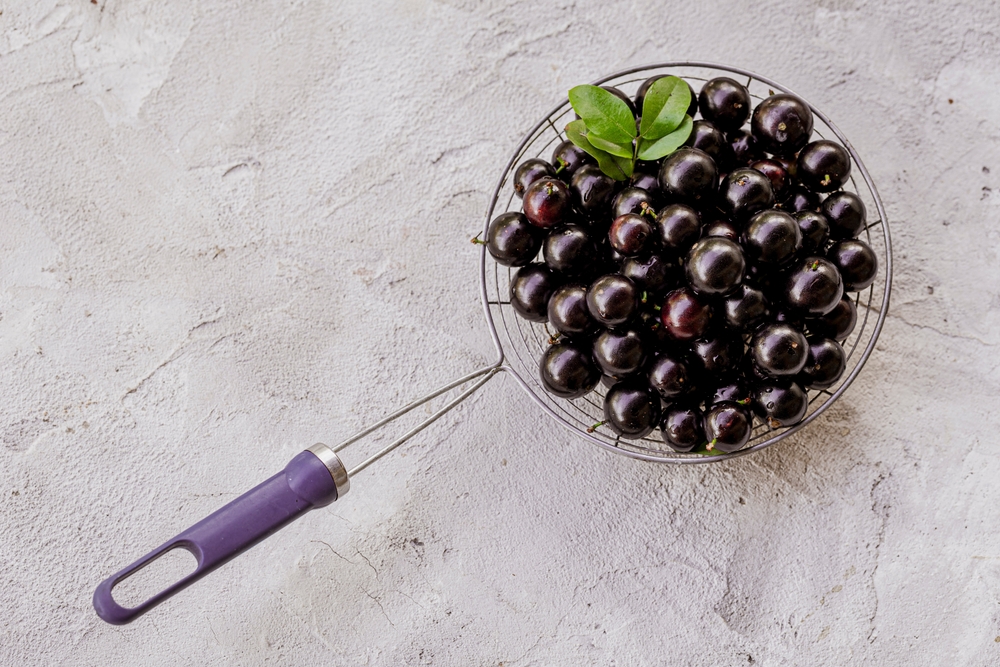
Jabuticaba is a unique fruit native to Brazil that grows directly on the trunk of its tree. The fruit looks like grapes but is larger, round, and covered with a thin skin. When ripe, it has a sweet and slightly tart flavor, often compared to grape juice. This fruit is used in jellies, wines, and even liqueurs, making it a versatile ingredient.
Though it is rare outside its native region, Jabuticaba has been gaining popularity in specialty markets. Its unusual growing pattern and distinct taste make it a fascinating addition to any fruit collection. The fruit is also rich in antioxidants, offering potential health benefits. Its short shelf life means it is best enjoyed fresh or preserved.
Mangosteen
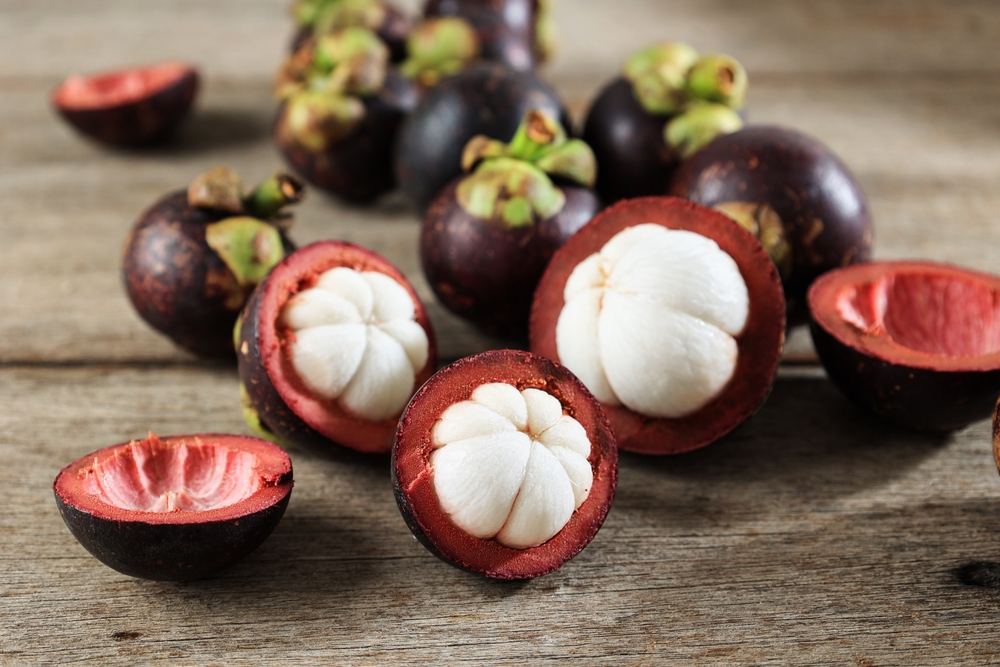
Mangosteen is a small, round fruit native to Southeast Asia, often called the “queen of fruits.” Its thick, purple rind protects the white, juicy flesh inside. The flavor is a delicate blend of sweet and tart, making it highly refreshing. Many people who try it for the first time find it to be surprisingly delicious.
This fruit grows in tropical climates and is difficult to cultivate in other areas. Mangosteen is not only valued for its taste but also its medicinal properties. It is believed to support immune health due to its high vitamin C content. Finding fresh mangosteen can be a challenge, but it is well worth the search if you are looking for something new to try.
Buddha’s Hand
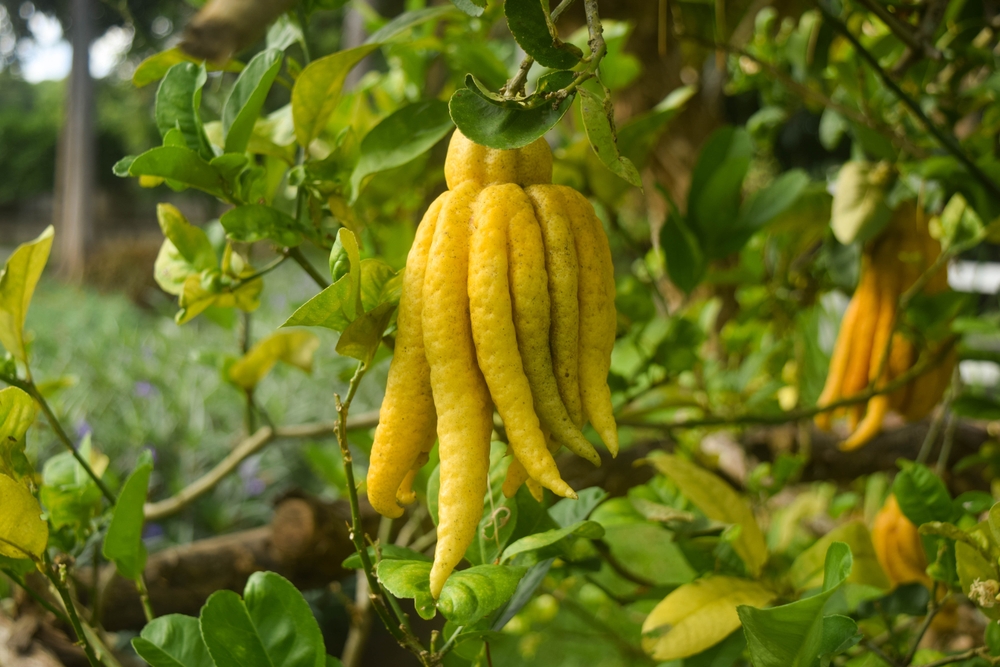
Buddha’s Hand is a citrus fruit known for its striking appearance. It resembles multiple yellow fingers extending from a central base, resembling the gesture of a hand in prayer. This fruit has a strong lemon fragrance, but its flavor is less tart than a regular lemon. It is often used for zesting, flavoring drinks, or as a natural air freshener.
Although Buddha’s Hand is rarely eaten directly, it adds a unique touch to culinary creations. Its peel is rich in essential oils, making it a popular ingredient in perfumes and cleaners. This fruit is prized in Chinese culture for its symbolism of good luck and prosperity. Its rare form and versatility make it a standout in exotic fruit collections.
Rambutan
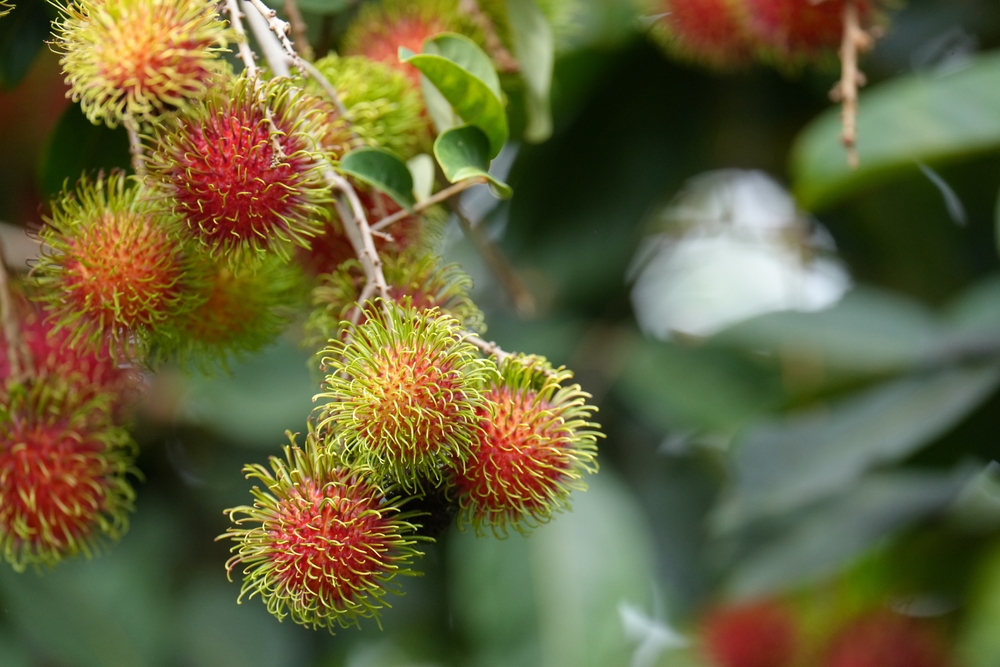
Rambutan is a vibrant, spiky fruit found in Southeast Asia. Its name comes from the Malay word “rambut,” meaning hair, which describes the fruit’s hairy appearance. Once peeled, it reveals translucent, juicy flesh with a mild sweet flavor. The fruit is often compared to lychee in both taste and texture, though it has a distinct tanginess.
Rambutan grows in clusters on trees that thrive in humid, tropical climates. Beyond its delightful taste, rambutan is a great source of vitamin C and iron. The fruit can be eaten fresh or used in desserts and smoothies. While not commonly found outside tropical regions, it is worth seeking out for its exotic appeal.
Salak (Snake Fruit)
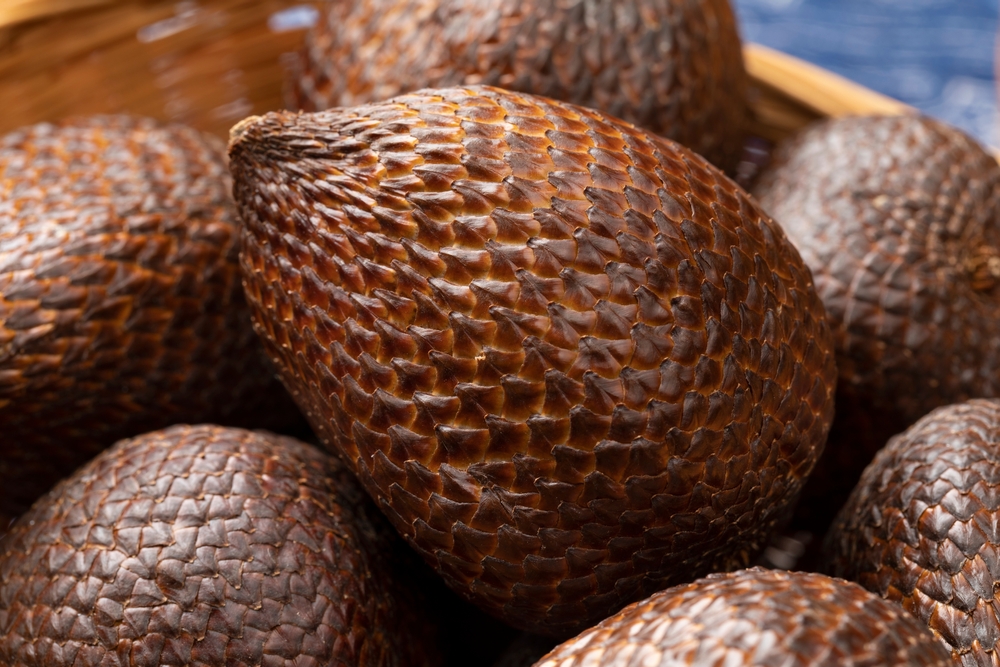
Salak, often referred to as snake fruit, is a tropical fruit native to Indonesia. It gets its name from the reddish-brown scaly skin, which resembles snake scales. Inside, the fruit consists of several segments that offer a sweet, tangy flavor with a crunchy texture. Some describe the taste as a mix between apple and banana with a slight acidity.
Salak is commonly eaten fresh, but it can also be pickled or made into jams. It is packed with nutrients, including fiber and antioxidants, which contribute to its health benefits. The fruit is often used in traditional Indonesian salads and side dishes. Due to its unique appearance and flavor, it remains a rare find in many parts of the world.
Durian
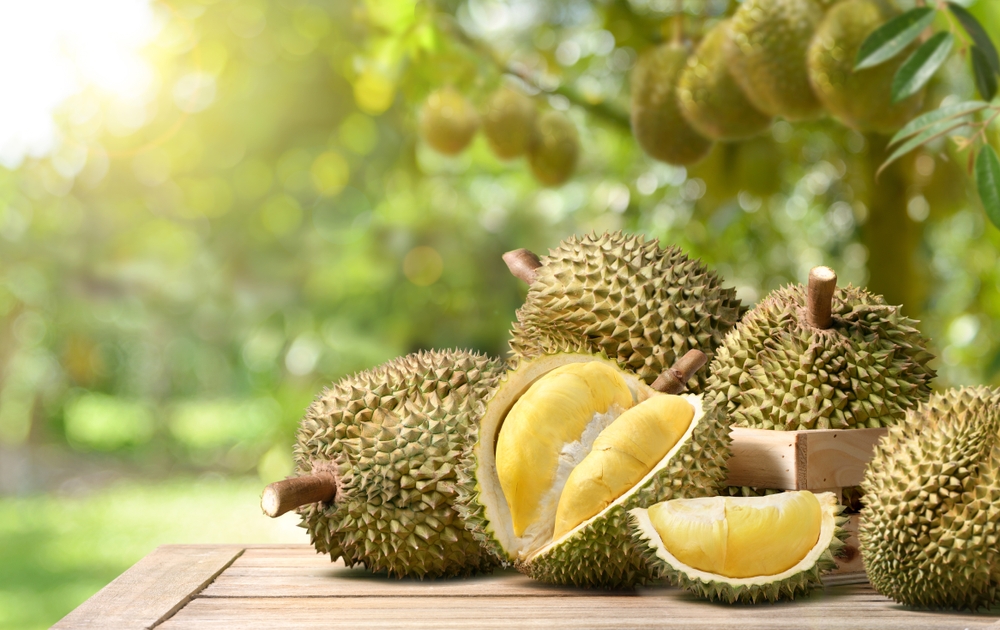
Durian is famous for its distinctive, pungent odor, which leads many people to either love or hate it. This large, spiky fruit has a custard-like flesh inside, which is both creamy and sweet with a savory undertone. Despite its strong smell, durian is considered a delicacy in Southeast Asia. It is used in a variety of dishes, including ice creams and pastries.
While durian is an acquired taste, it has a devoted fan base that appreciates its complex flavor. The fruit is rich in vitamins, minerals, and healthy fats, offering several health benefits. Due to its strong odor, it is often banned from being consumed in public places. Finding fresh durian outside of Southeast Asia can be a challenge, but it is worth trying for adventurous eaters.
Chayote
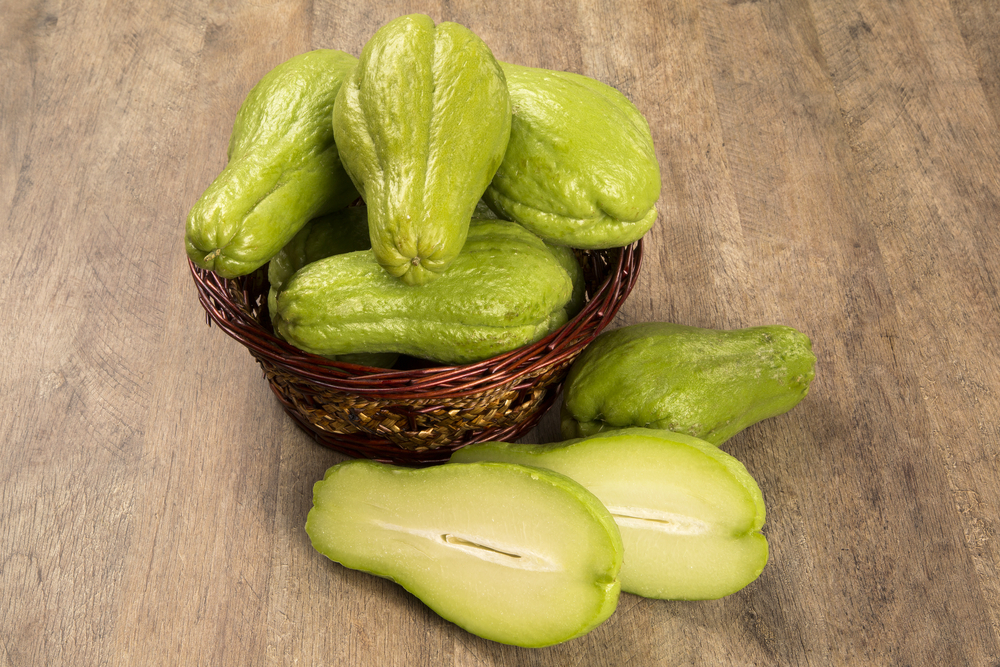
Chayote is a green, wrinkled vegetable that is often mistaken for a fruit. It is native to Central America and is commonly used in savory dishes. The texture is crisp and mild, similar to a cucumber, and it is often boiled, sautéed, or added to stews. Some people even eat it raw, adding it to salads for an extra crunch.
Though it may not have a strong flavor on its own, chayote absorbs the tastes of other ingredients it is paired with. It is low in calories and high in fiber, making it a nutritious addition to any meal. Chayote can be found in specialty grocery stores, though it is less common in mainstream markets. Its versatility in cooking makes it a rare, yet valuable, vegetable to try.
Miracle Fruit
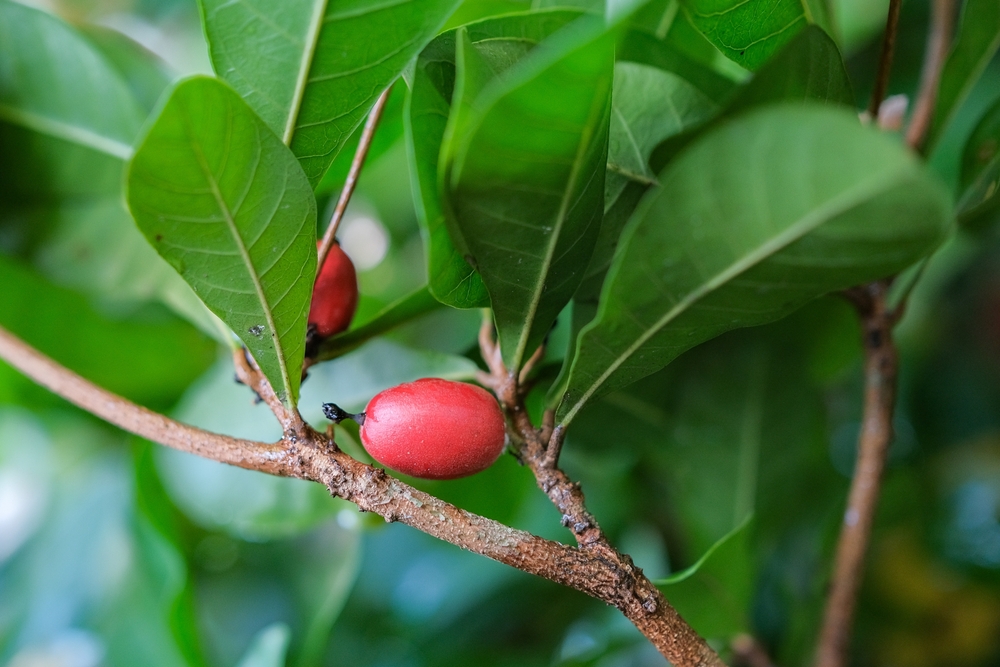
Miracle fruit is a small berry that grows in West Africa, known for its ability to temporarily alter the taste of sour foods. After eating it, foods like lemons or limes taste sweet, due to a protein called miraculin in the berry. This makes miracle fruit a fun and interactive food to try with friends. It is often used in taste-testing events to surprise people with how their taste buds change.
The fruit is not typically consumed for its flavor but for the unique experience it offers. Miracle fruit is not widely available outside of West Africa, but it can sometimes be found in specialized markets. It is sold fresh, freeze-dried, or in pill form for convenience. Despite its rarity, the fruit remains a fun and unusual way to play with flavors.
Langsat
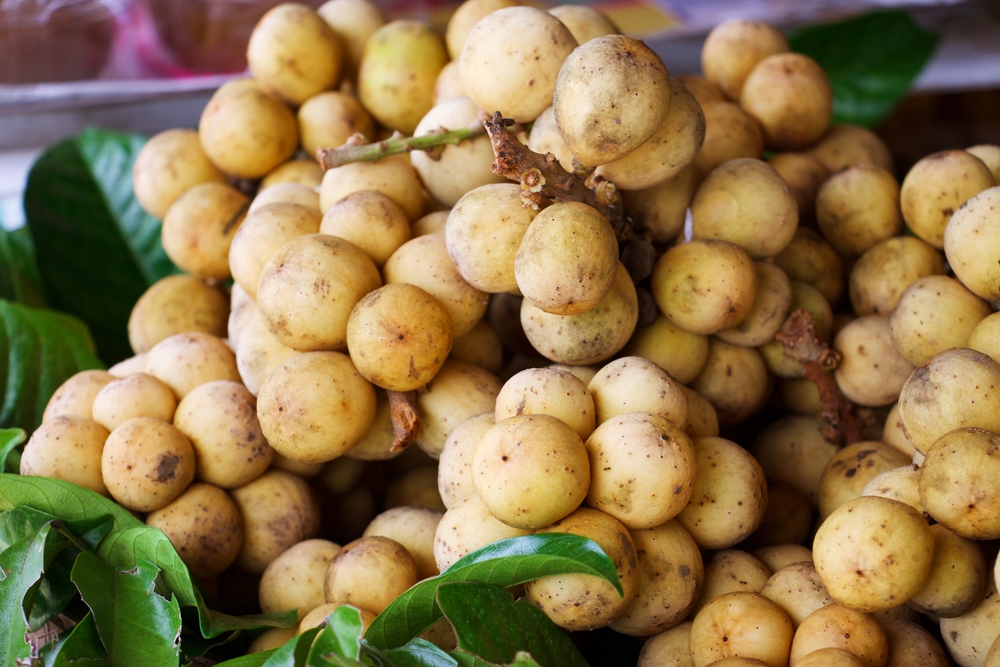
Langsat is a small, oval-shaped fruit found in Southeast Asia. Its skin is thin and translucent, revealing juicy, segmented flesh inside. The flavor is a combination of sweet and sour, with a slightly floral aftertaste. Langsat is often eaten fresh, but it can also be used in jams, juices, and desserts.
This rare fruit grows on a tree that thrives in tropical climates and is not commonly found outside Southeast Asia. Langsat is packed with vitamin C and offers a refreshing break from more common tropical fruits. Though hard to find in many parts of the world, its unique taste makes it a hidden gem for adventurous fruit lovers. Langsat is highly prized in its native regions for both its flavor and health benefits.
Longan
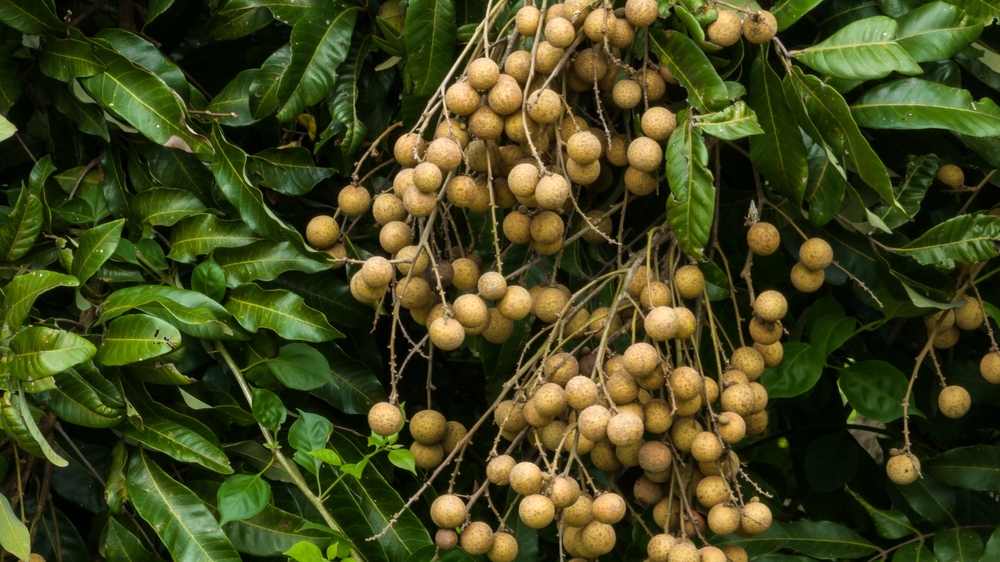
Longan is a small, translucent fruit from Southeast Asia that is often compared to lychee. It has a delicate sweetness with a floral aroma and is often used in Asian desserts or eaten fresh. The fruit is grown on longan trees and is similar in appearance to grapes, with a smooth, firm skin. The flesh inside is soft, juicy, and filled with a single seed.
Longan is often eaten fresh but can also be dried or canned. The fruit is rich in vitamins and minerals, making it a nutritious snack. While it is not widely available outside of Southeast Asia, it can sometimes be found in specialty grocery stores. Longan’s refreshing taste and health benefits make it a worthwhile fruit to try when available.
Jackfruit
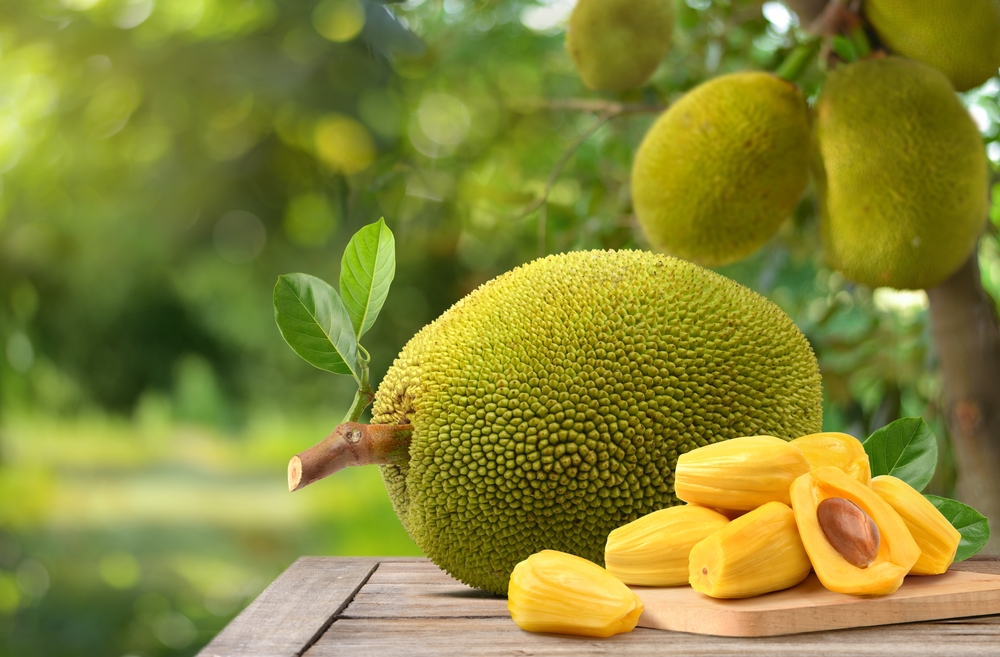
Jackfruit is a large, tropical fruit native to South Asia, often praised for its versatility in cooking. The fruit has a thick, green rind that must be peeled to reveal its sweet, yellow flesh. When ripe, jackfruit has a sweet, tropical flavor that is often compared to a blend of pineapple and banana. Unripe jackfruit is frequently used as a meat substitute in vegetarian and vegan dishes due to its texture.
Jackfruit is high in fiber, vitamins, and antioxidants, which contribute to its growing popularity in health-conscious diets. Its large size makes it more difficult to transport, which is why it is not often found outside tropical regions. Despite this, canned and dried jackfruit is increasingly available in supermarkets around the world. For those looking to explore exotic flavors, jackfruit offers a unique, sweet experience.
Ackee
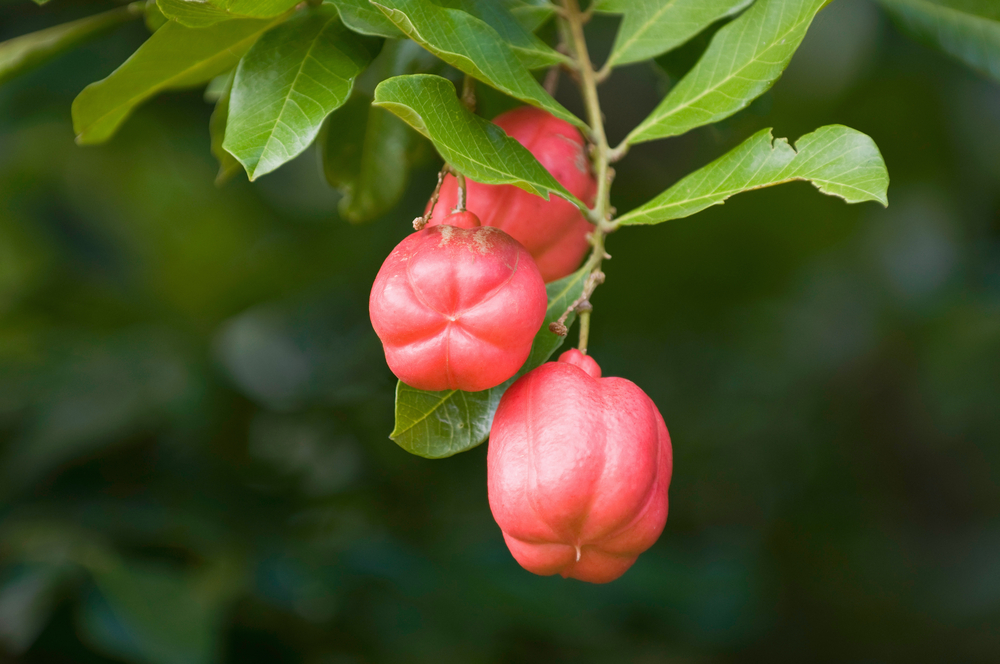
Ackee is a tropical fruit native to Jamaica and is known for its unique appearance and taste. When ripe, the fruit splits open to reveal yellow, creamy flesh inside. However, it must be prepared carefully, as the seeds and some parts of the fruit are toxic when not cooked properly. Ackee is commonly used in Jamaican dishes, particularly in the famous dish “ackee and saltfish.”
Ackee is rich in essential fatty acids and is a significant source of protein. The fruit is not commonly found outside of the Caribbean, but it can sometimes be found in specialty grocery stores. It is a staple in Jamaican cuisine and has a distinctive, savory flavor. If prepared correctly, ackee offers an unforgettable culinary experience.
This article originally appeared on Avocadu.
